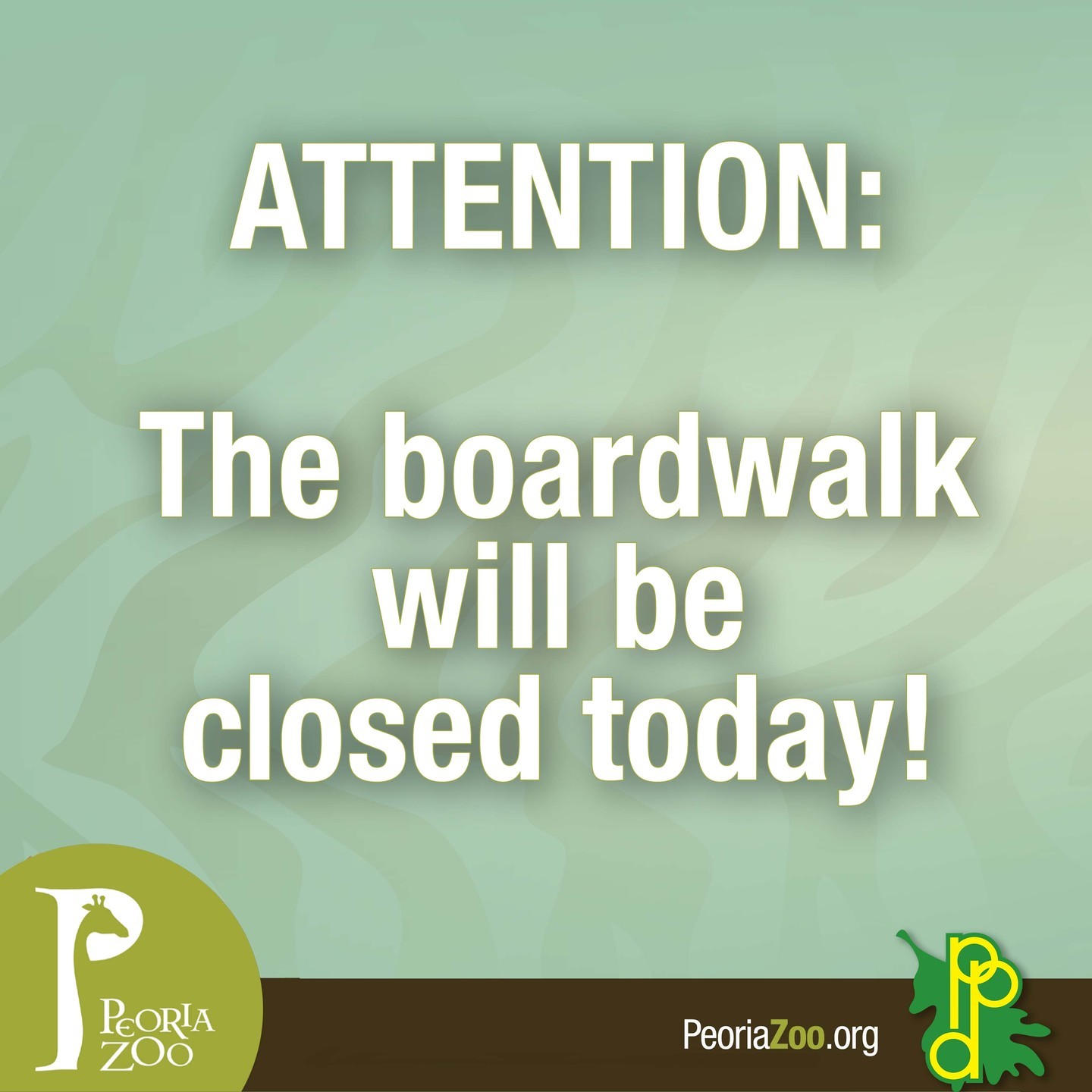– The impact of temporary zoo closures on wildlife conservation and zoo management.
– Visitor experience and safety: Why do zoos sometimes need to close attractions?
– Alternative educational experiences offered by zoos when exhibits are inaccessible.
– The wider implications of exhibit closures for conservation efforts in Africa.
– Strategies and communication in handling disruptions in zoos.
In the intricate world of zoo management and wildlife conservation, a seemingly simple announcement such as the closure of a boardwalk in an African exhibit carries a cascade of considerations and implications. Today, the focus shifts to such a situation that beckons an understanding of the complexities of managing living exhibits that serve both an educational purpose and a conservation mission.
Zoos are often seen as bridges between the general public and the secretive lives of wild animals. The facilities connect human visitors with the marvels of fauna from across the globe, inviting them to learn, empathize, and engage with species they might never encounter in the wild. At heart, a zoo’s commitment is twofold: to care for the creatures within its care and to educate the public about these creatures and their habitats.
The impact of temporary zoo closures on wildlife conservation and zoo management cannot be understated. When a boardwalk in an African-themed exhibit must close, the immediate concern might be the inconvenience caused to visitors. However, a deeper dive into the implications of such a closure reveals a complex interplay of factors that zoo professionals navigate daily. Such closures, whether prompted by maintenance needs, animal health issues, or safety concerns, require swift adaptation and consideration of the animals’ and the public’s needs.
From a management perspective, the well-being of the animals is paramount. The animals’ routines and environments must be consistently maintained to ensure their physical and psychological health. For example, suppose the boardwalk in an African exhibit offers a crucial vantage point for zookeepers and veterinarians to monitor the animals. In that case, alternative observation strategies must be swiftly implemented to minimize the disruption to care regimes.
Visitor experience and safety are integral to closing any part of a zoo. Boardwalk closures are never taken lightly, especially in sections that simulate immersive environments like the African savannah or rainforest. These immersive experiences are essential in conveying the wonder and complexity of these ecosystems. When closures occur, zoo staff work diligently to communicate their reasons and redirect visitors to other engaging exhibits or activities. Often, a closure can serve as an impromptu educational opportunity to discuss why certain habitats are sensitive and how zoos replicate these environments to support conservation.
During these times, zoos often offer alternative educational experiences. Staff may increase scheduled keeper talks, bring out ambassador animals for up-close encounters, or set up temporary exhibits that dive into the science of wildlife conservation. These initiatives mitigate disappointment and enrich the learning experience by spotlighting the multifaceted aspects of zoo operations and animal care.
Such closures also ripple into the broader narrative of conservation efforts in Africa. Modern zoos are at the forefront of global conservation, often directly supporting projects in the wild through funding, research, and breeding programs. A portion of the revenue generated from zoo admissions goes towards these initiatives. In this light, even a day’s loss of ticket sales due to an exhibit closure can have financial consequences for conservation programs. Therefore, zoos carefully consider the timing and scope of necessary closures, striving to balance immediate operational needs with long-term conservation goals.
Finally, strategic communication plays a critical role in handling disruptions in zoos. Clear and proactive messages regarding the reasoning for closures help maintain public trust and understanding. In the Attention: The Boardwalk in Africa! It will be closed today! Scenario: the communicative strategy will involve explaining the reasons, outlining the steps to address the issues, and providing an estimate for the boardwalk’s reopening. This transparency is crucial in managing visitor expectations and reinforcing the institution’s commitment to animal care and guest experience excellence.
The attention to detail within zoo management and the constant efforts to support wildlife conservation form the bedrock upon which these institutions stand. While a closed boardwalk in an African exhibit might symbolize a minor inconvenience, it is also a testament to the diligent work behind the scenes ensuring the welfare of animals and the safety and education of visitors. As the zoo navigates this temporary disruption, staff members remain dedicated to their roles as stewards of the animals and the wild populations they endeavor to protect.
*****
Source Description
Attention: The boardwalk in AFRICA! It will be closed today! We’re sorry for any inconvenience.


